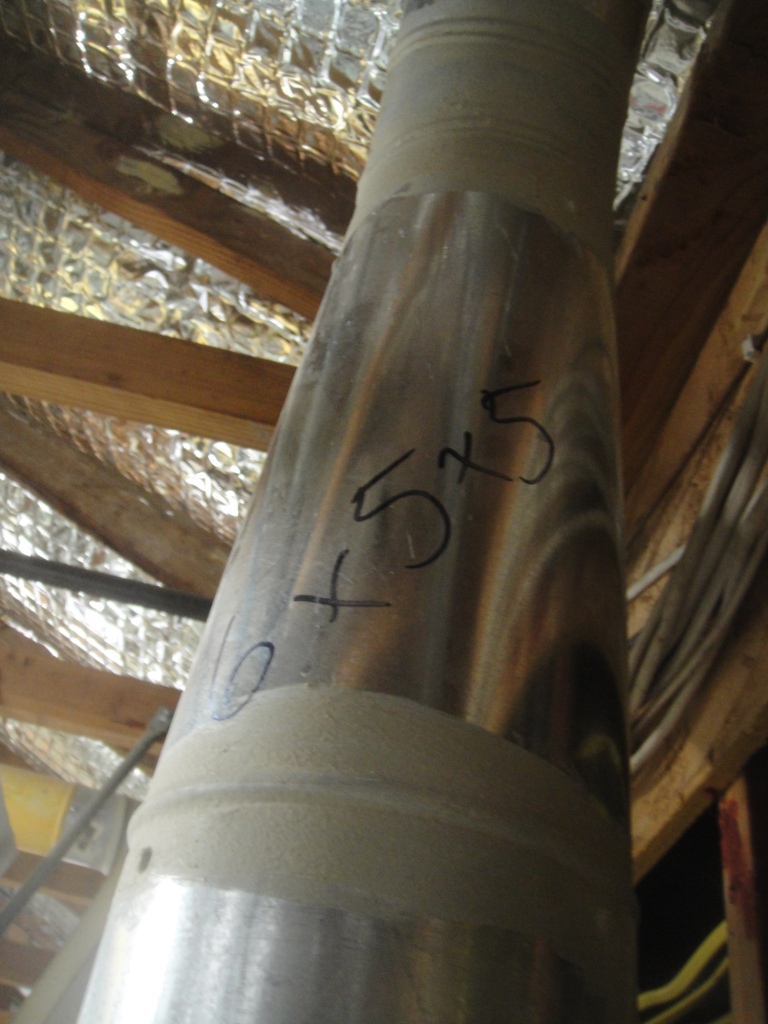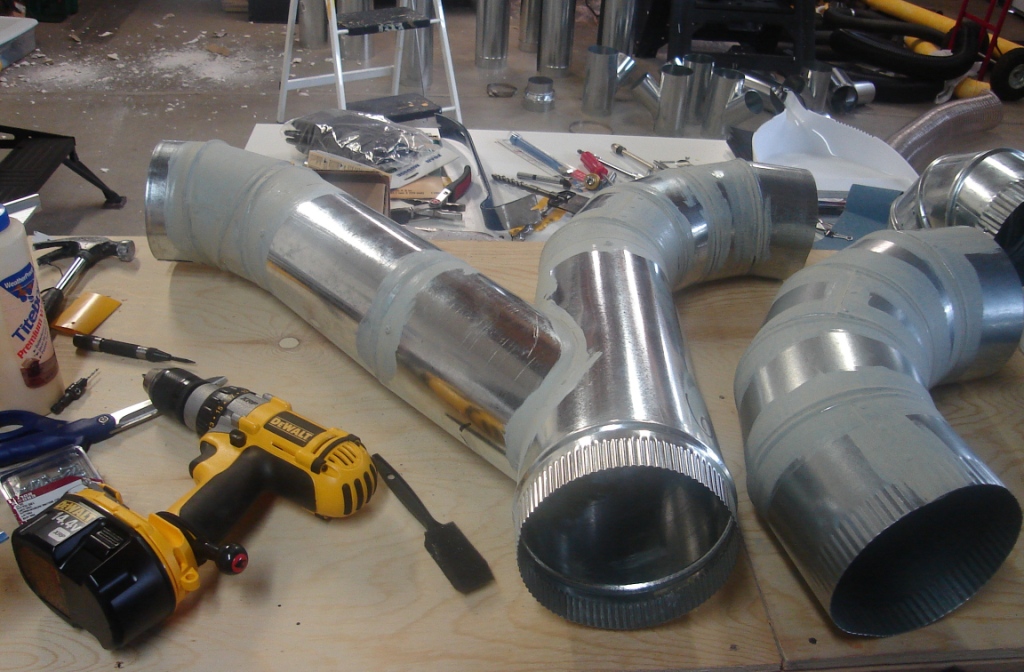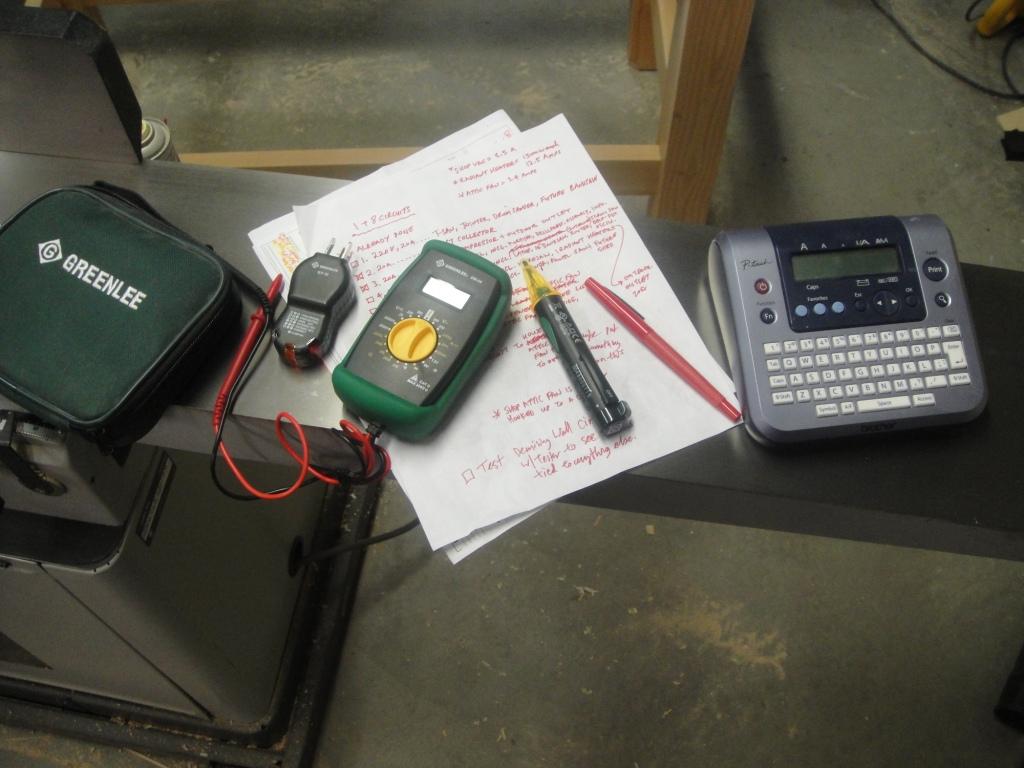Written By Bobby. In Shop Systems
In my previous article, Wiring Up Your Shop, I mentioned that I eventually wanted to put in a subpanel, but I didn’t feel like messing that deeply into electrical work.
Well, now I kinda need to. I’ve got a bunch of 240V circuits that I need, and with my ideal shop layout, I just can’t have one breaker.
Previously I had re-wired my Table Saw, Jointer, and Drum Sander with a longer power cord. I ran these along the dust collection flex hose up to the ceiling, and then to a common 240V outlet.
Since I used these tools one at a time, all was fine. But my Drum Sander really belongs on the other side of the shop, so now I need at least two 240V outlets. I don’t want to put two 240V outlets on one circuit, but I don’t have any more room in my Main House Panel.
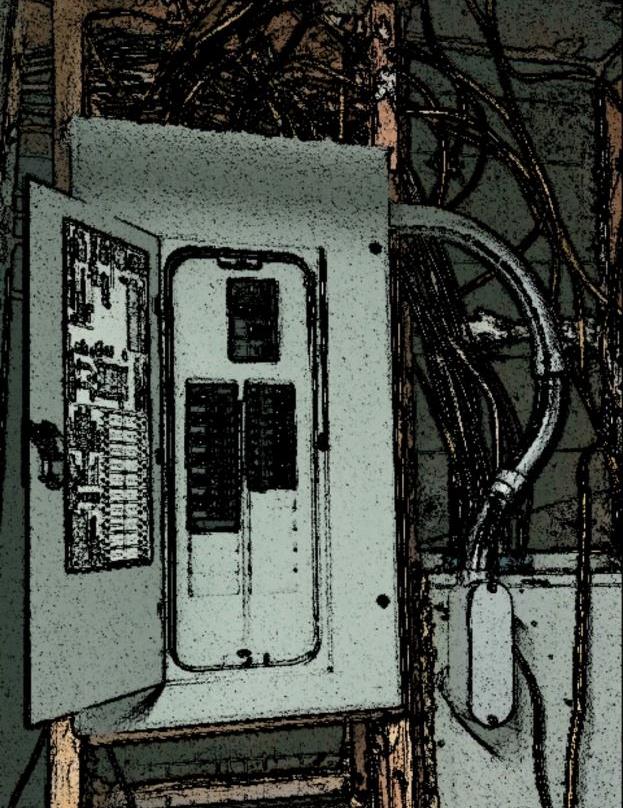
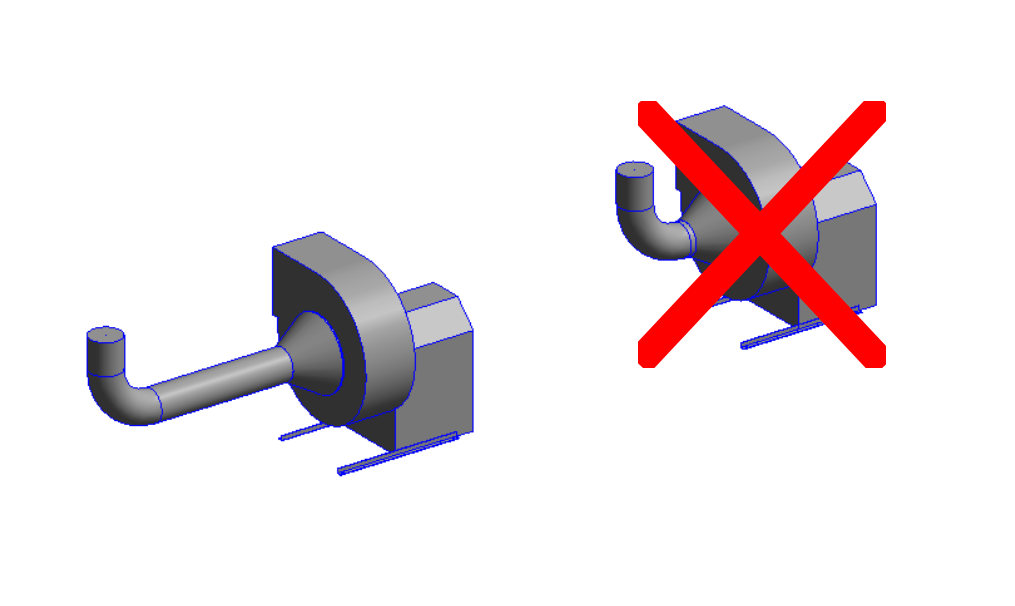
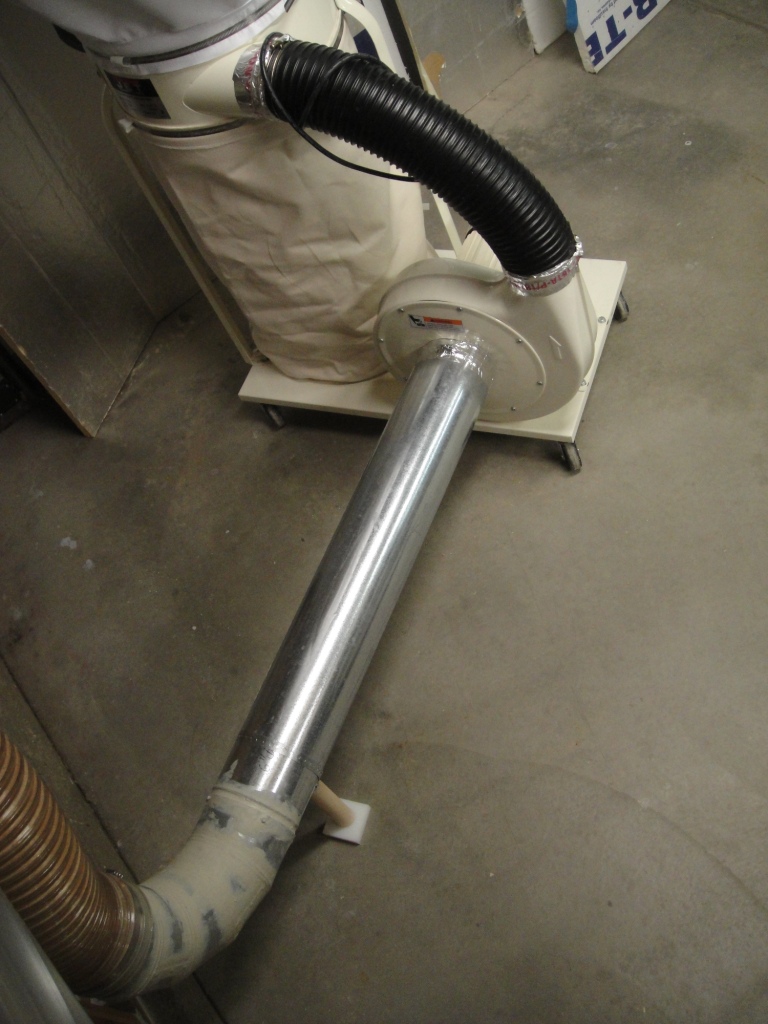
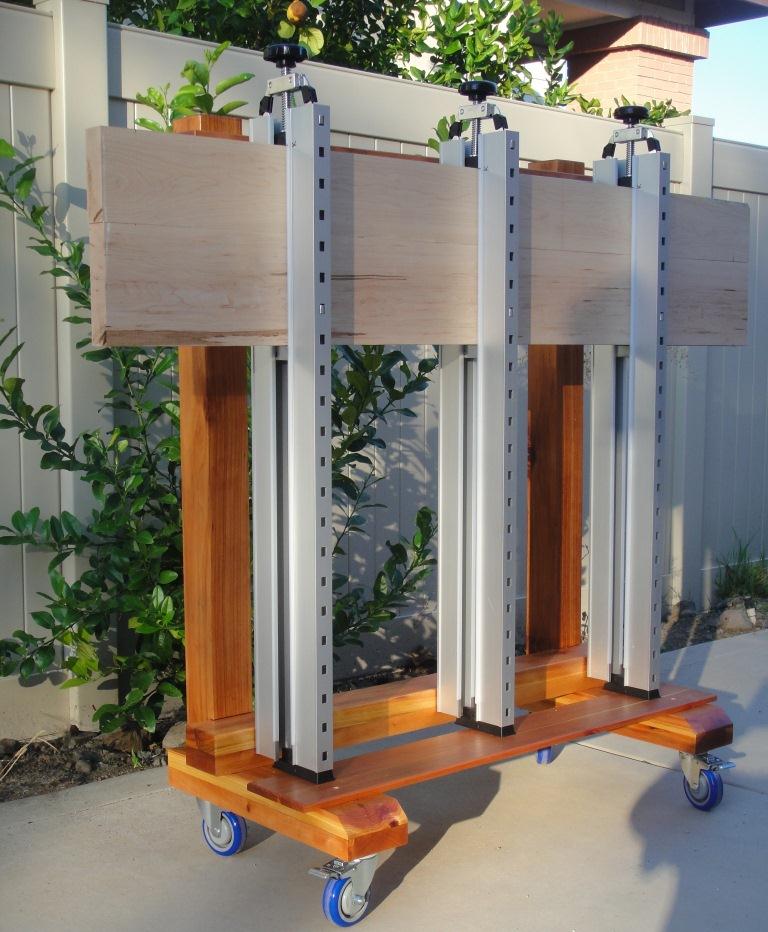
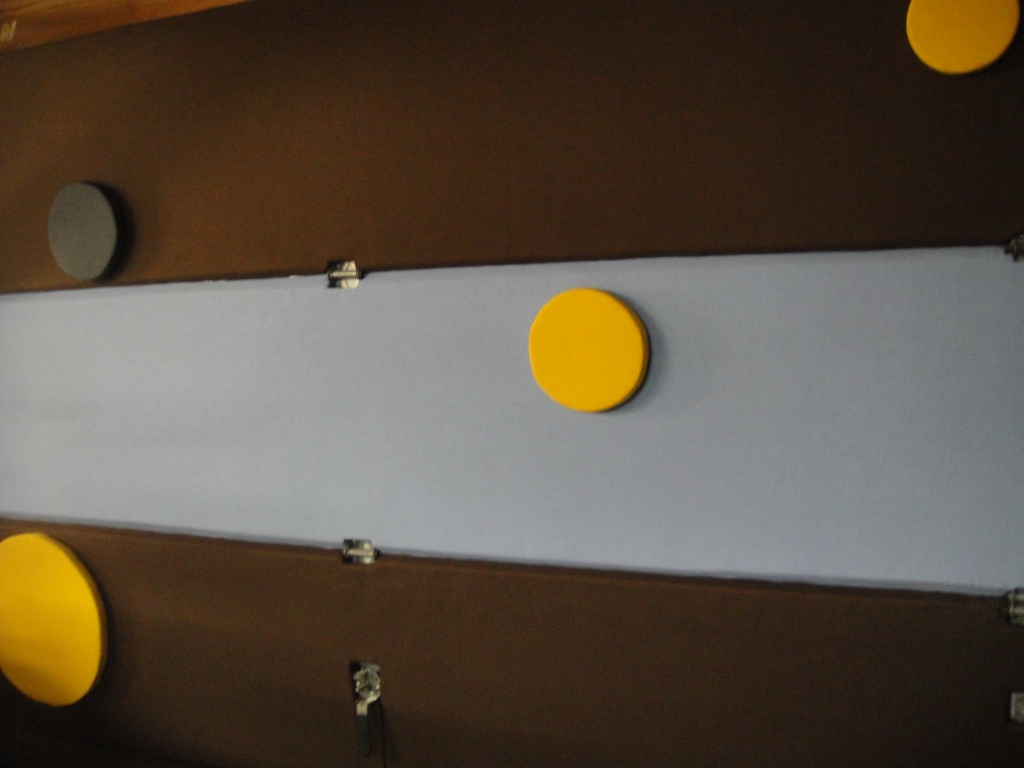
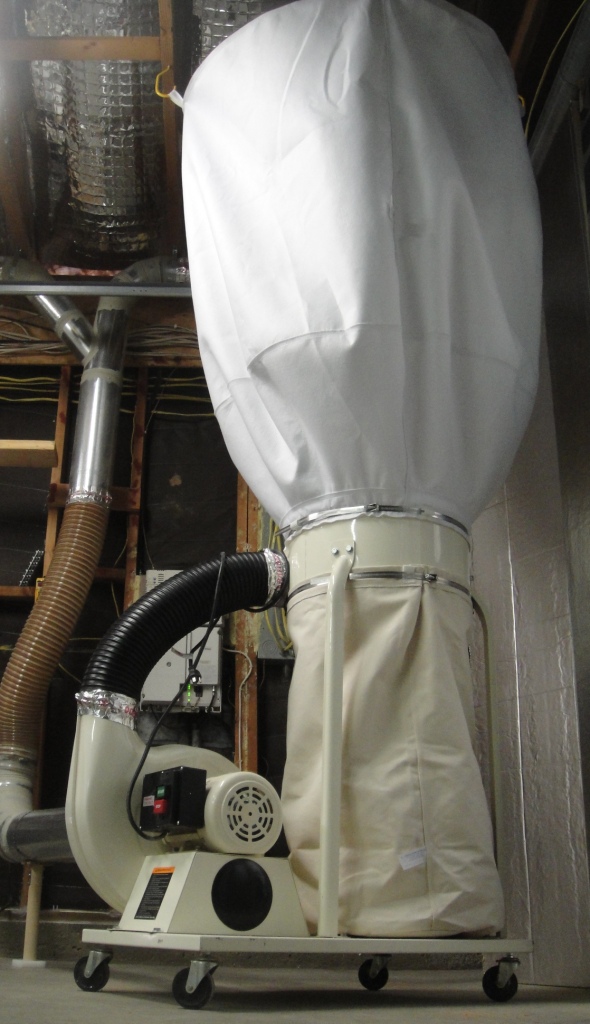
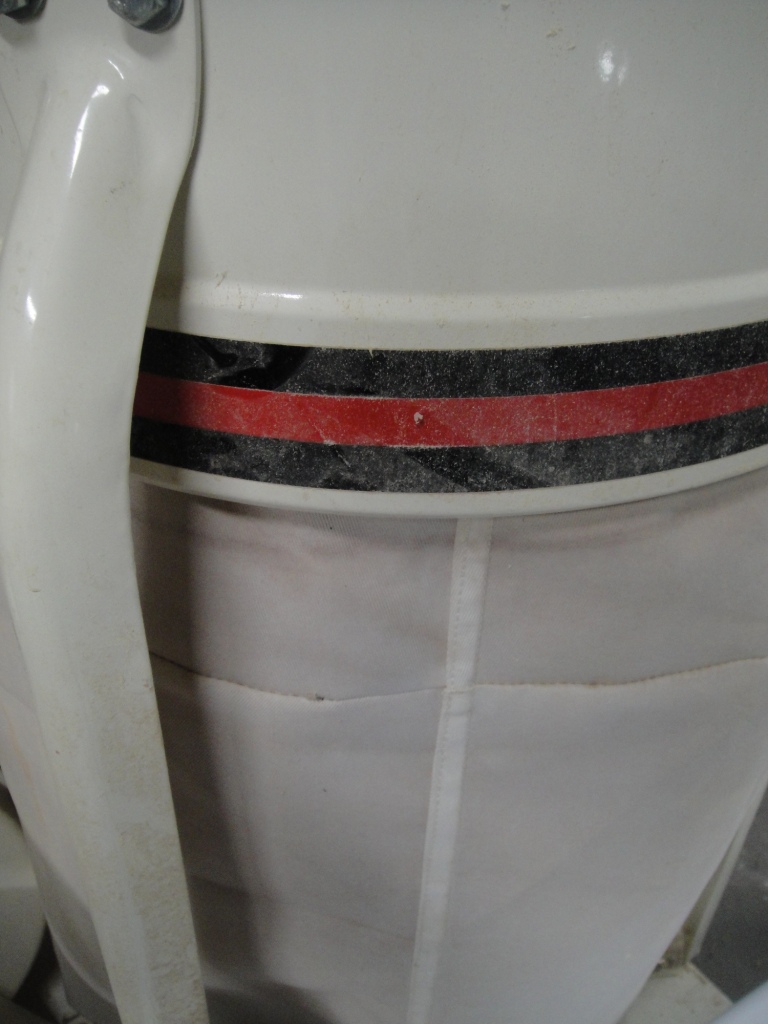
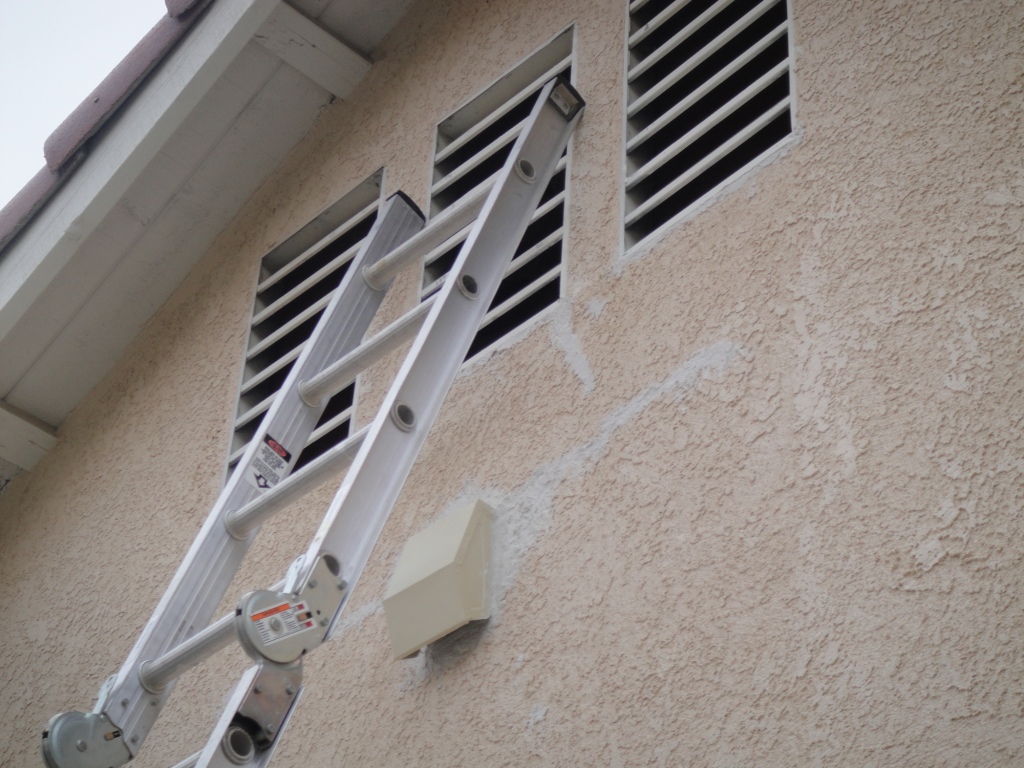
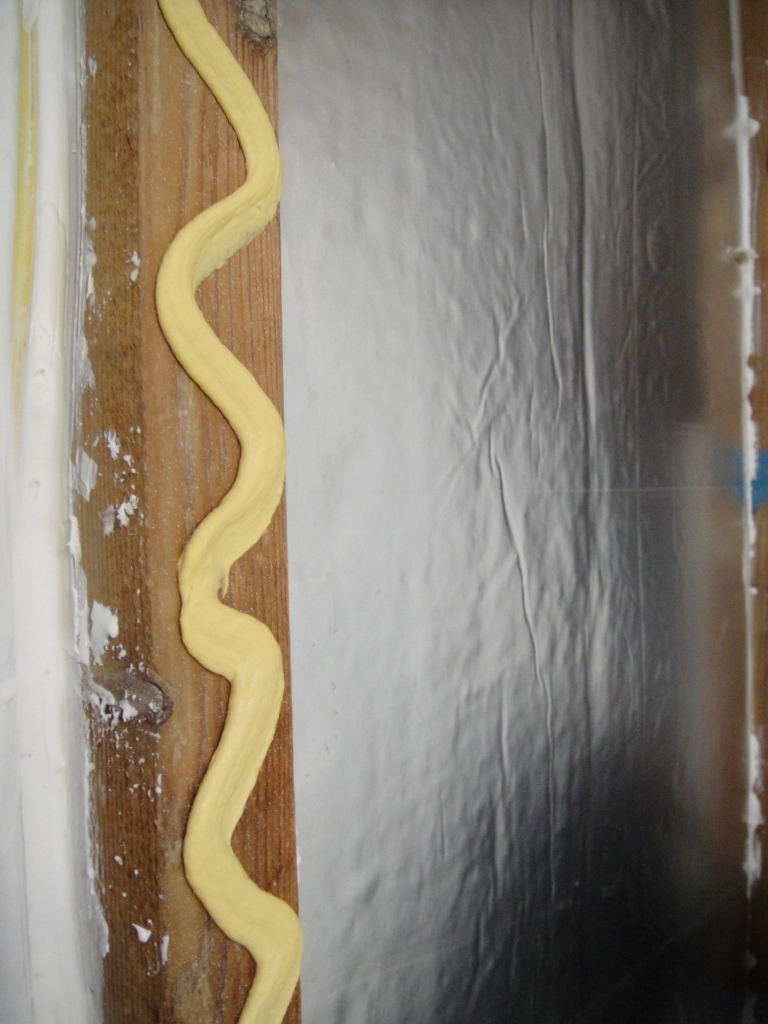
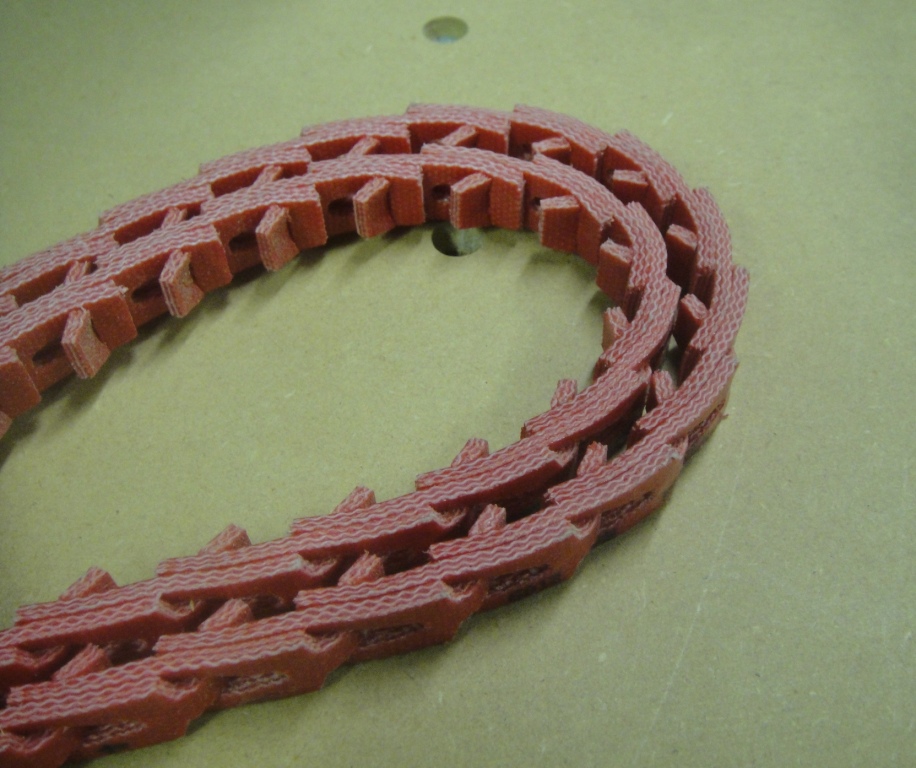

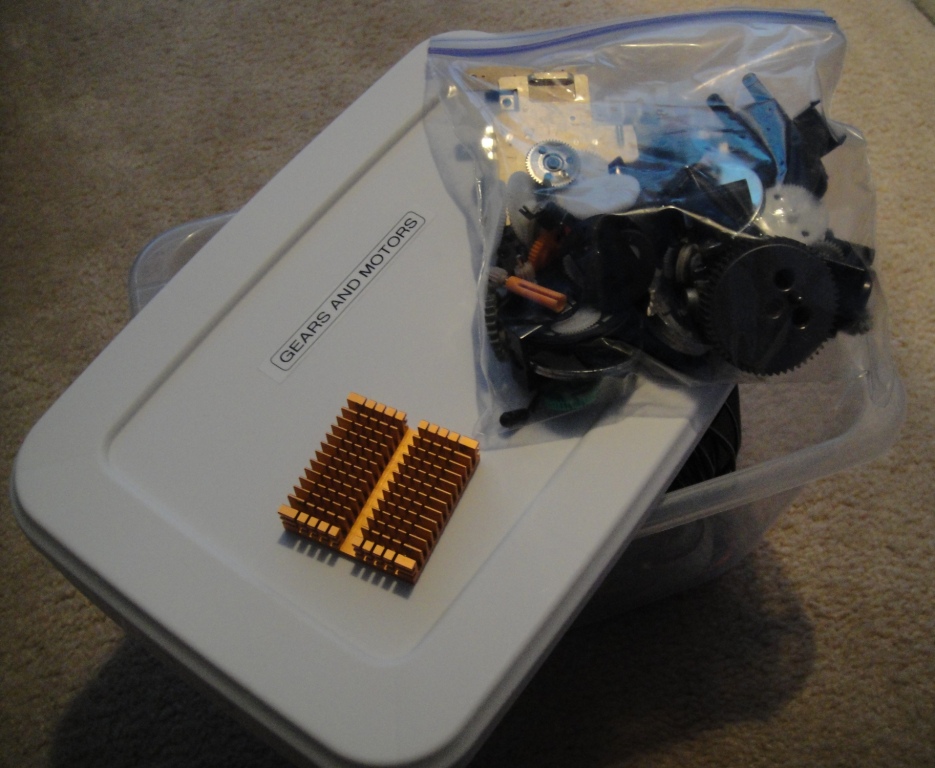

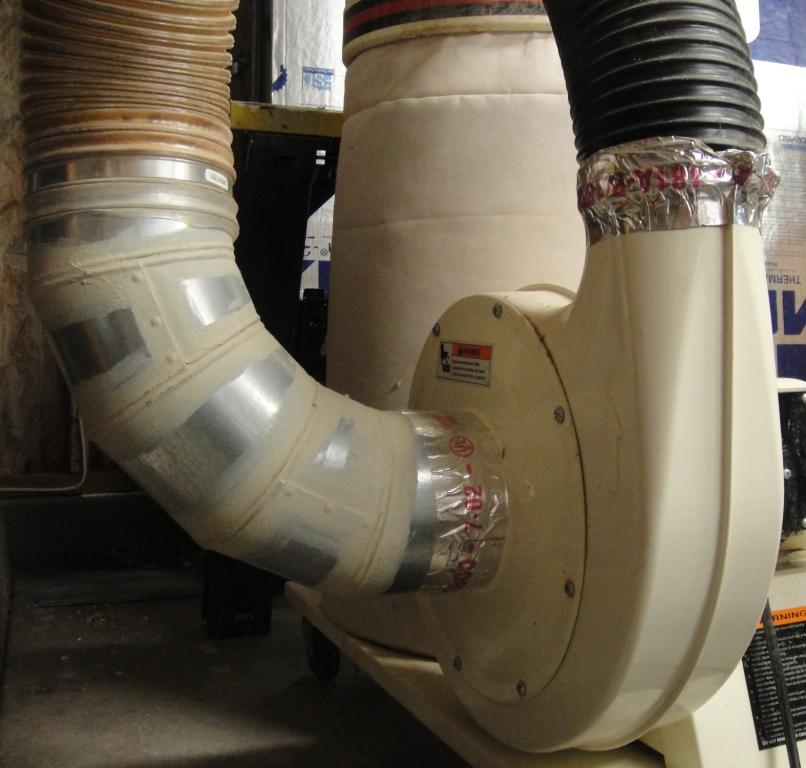
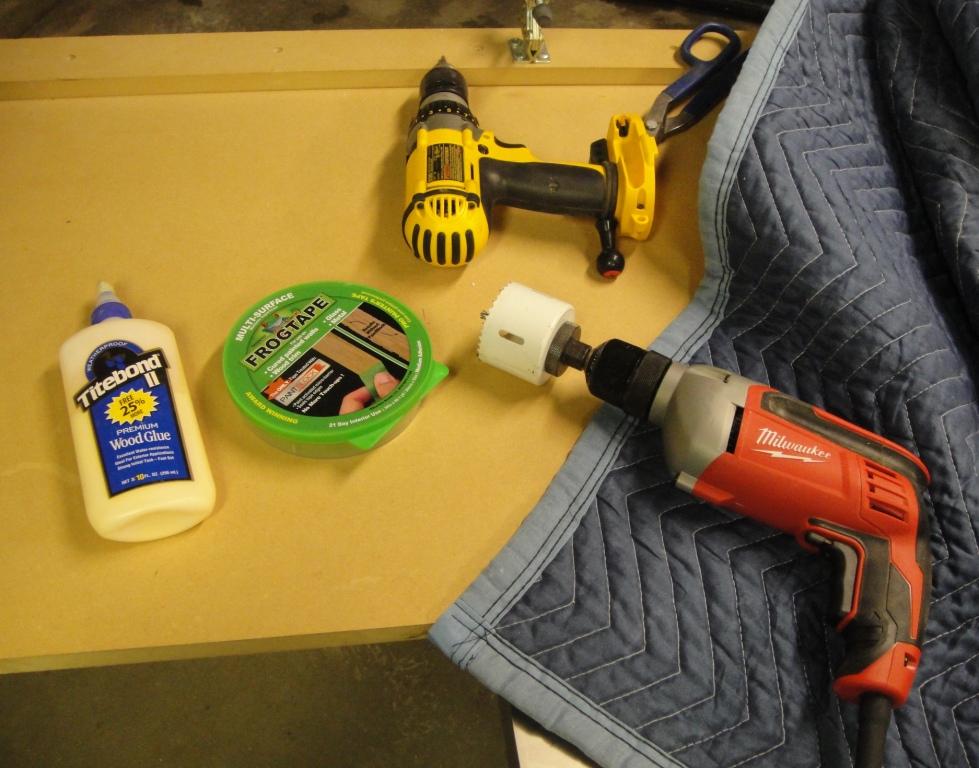
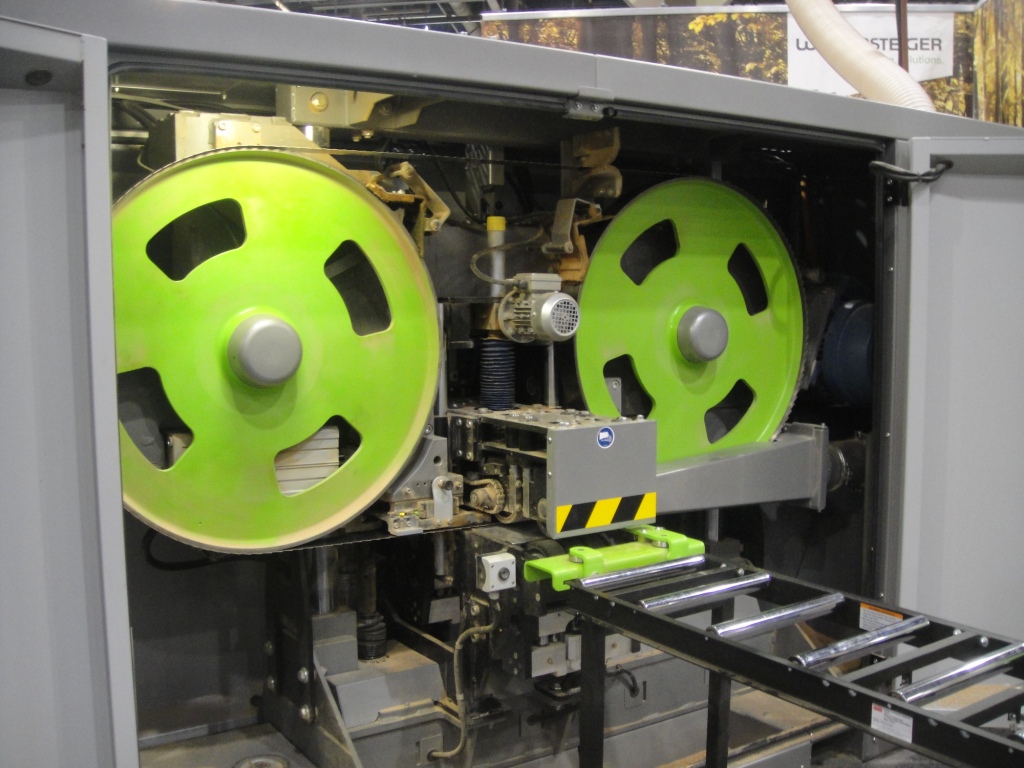
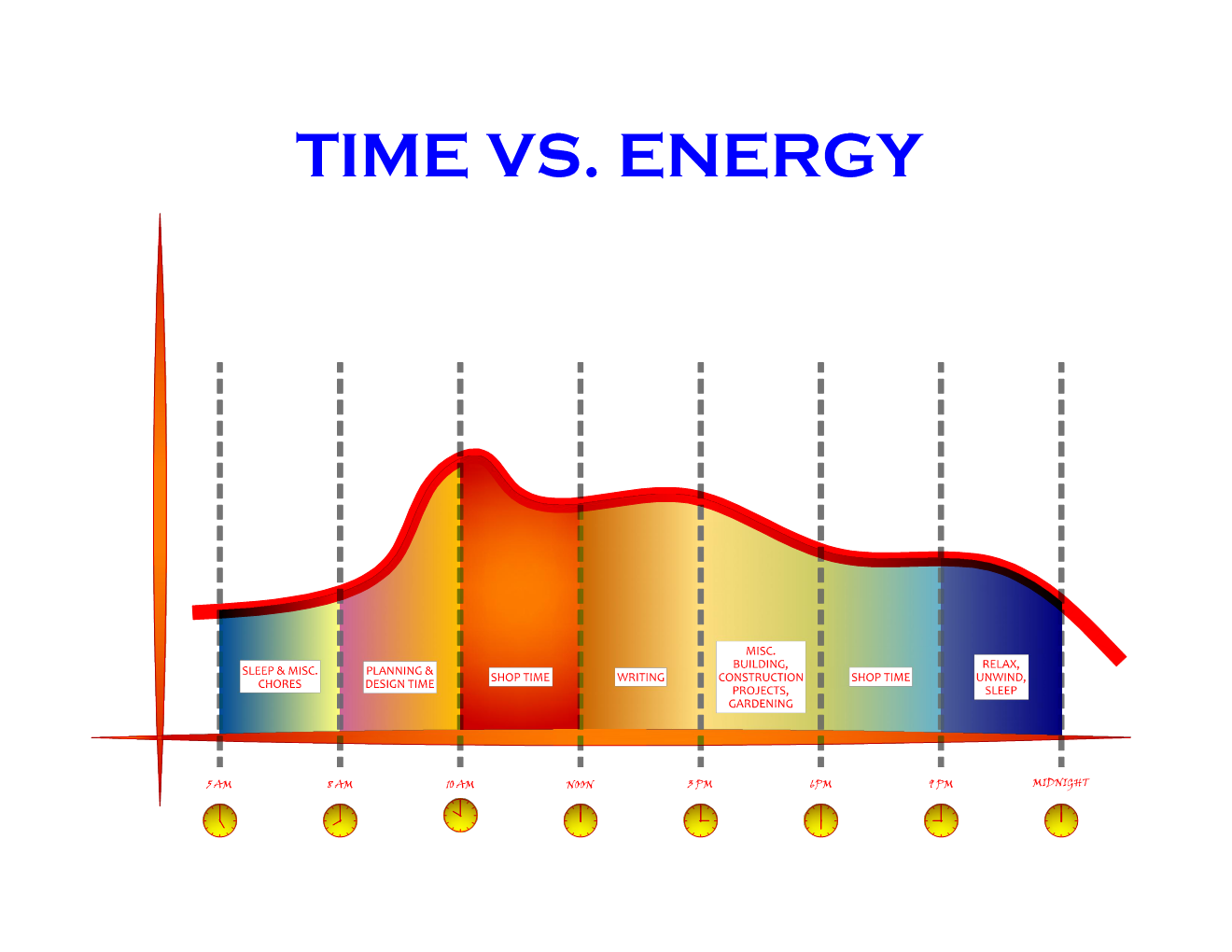
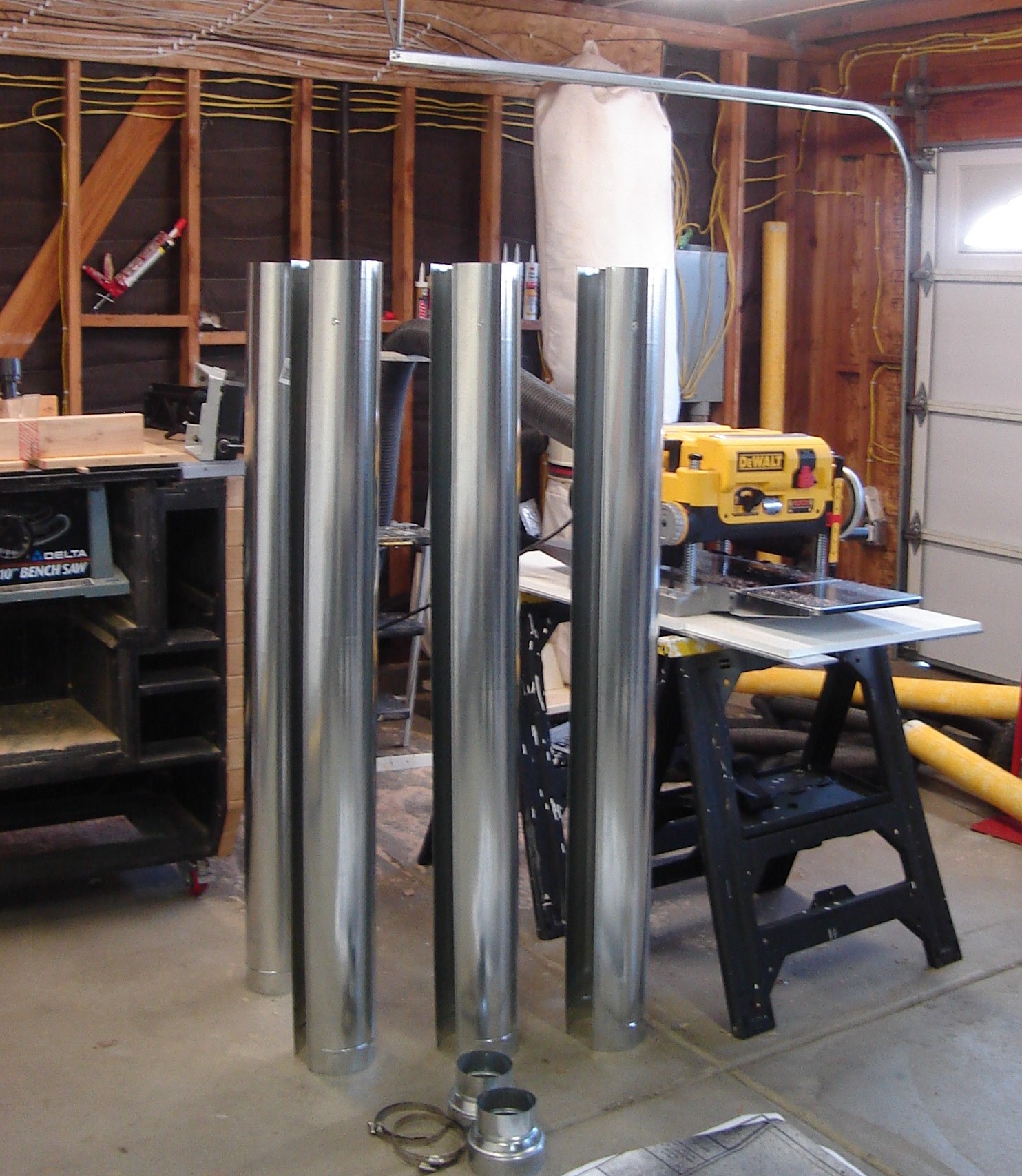
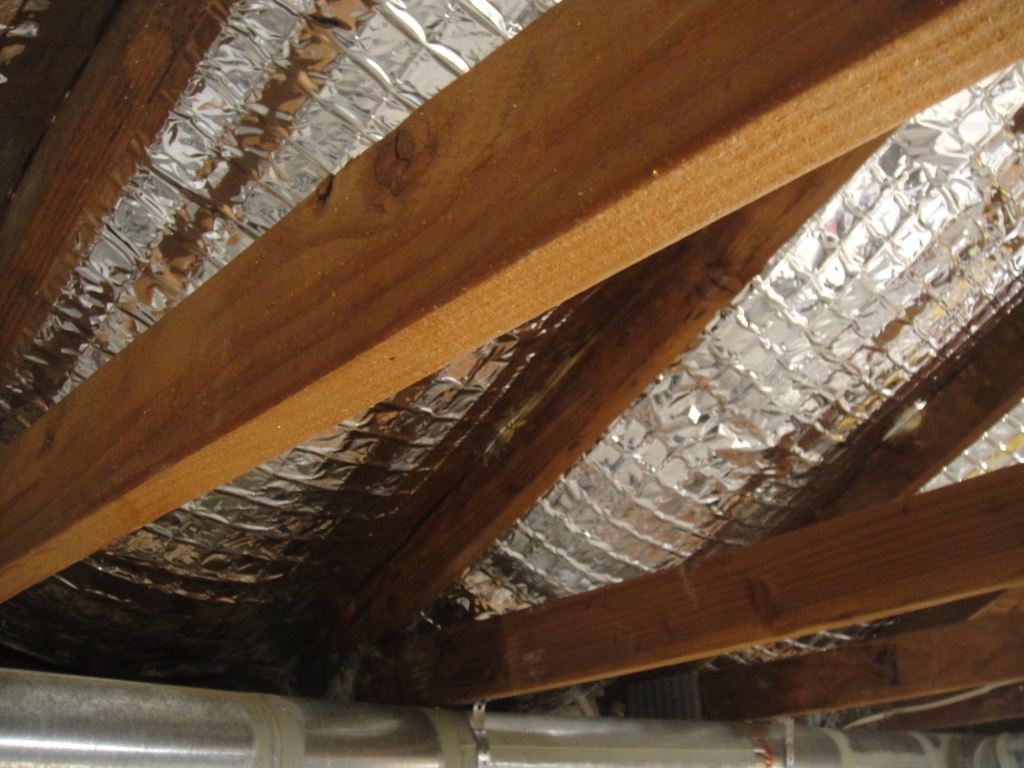
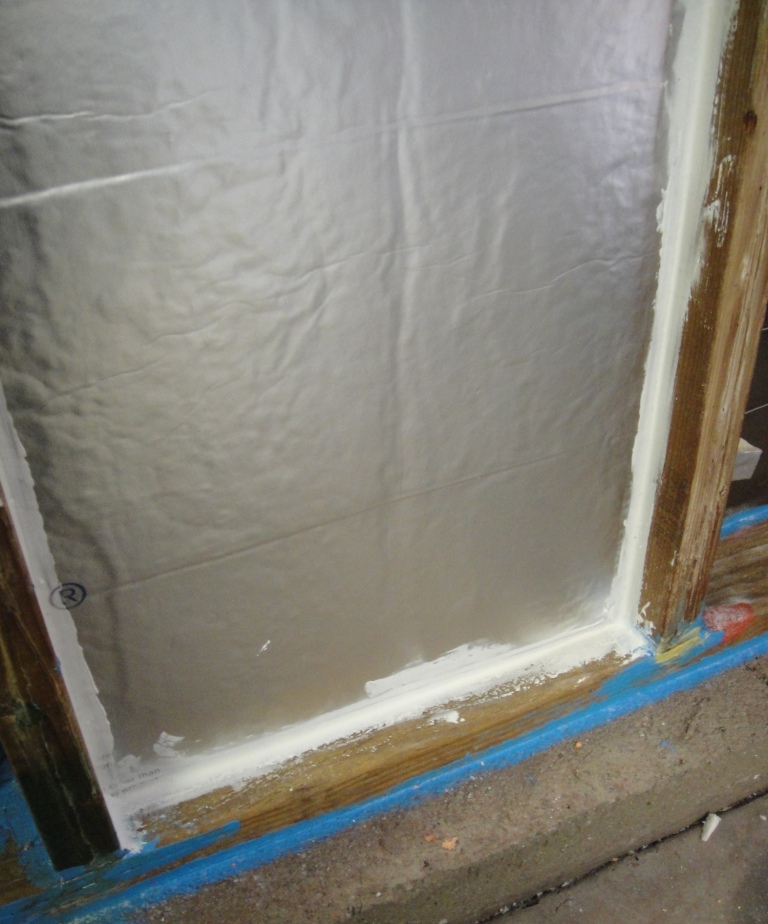
 How I went from a cluttered and disorganized shop to a super-productive layout with a convenient dust collection and electrical set-up.
How I went from a cluttered and disorganized shop to a super-productive layout with a convenient dust collection and electrical set-up. 


